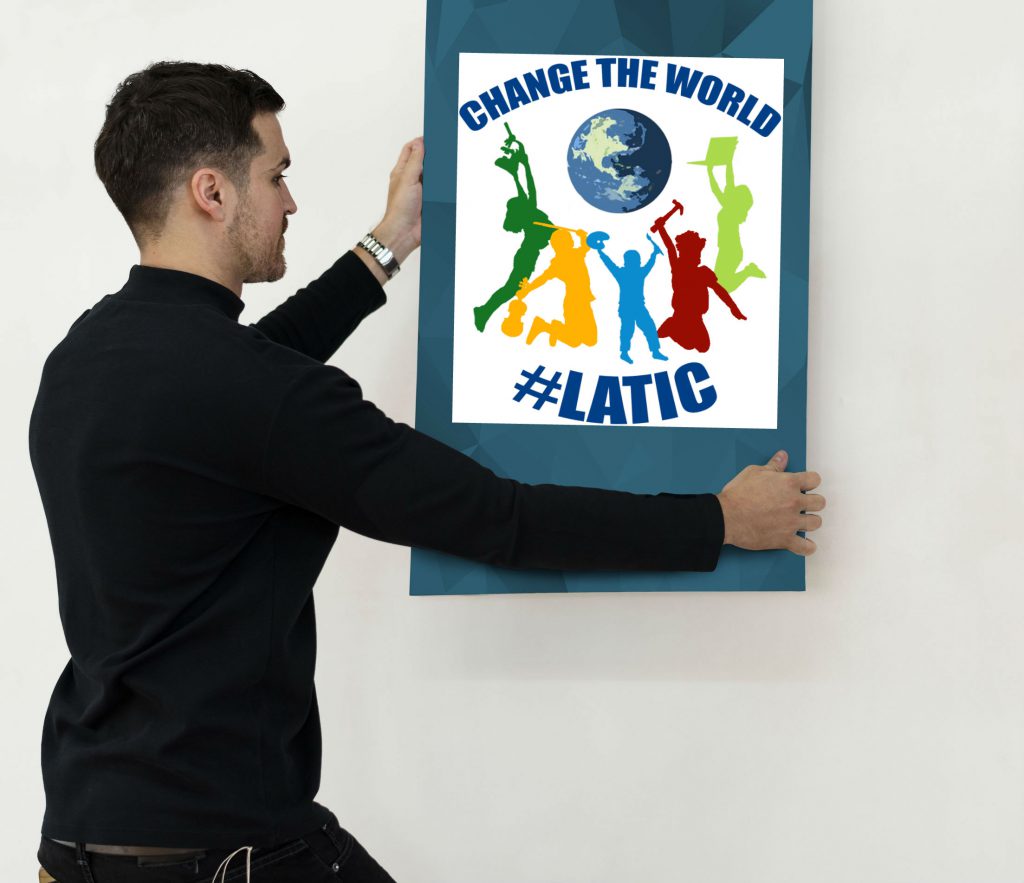This post is fifth in a series of six for the new year. . . . The year 2020 reminds me of perfect vision! 2019 was a year of many initiatives, goals, and needs; it’s time to put everything in focus. Here are the links if you missed the first, second, third, or fourth post.

I used to own an art gallery, and I was always fascinated by the curation of an exhibit. The curator was usually my gallery manager or sometimes an artist or guest curator. Consider the role of the curator! The curator identifies available resources (works of art) that fit the theme or need; they consider how these resources all work together to tell one story; they consider how the eye will visually travel when walking through the door; and so much more! Once at the exhibit, the visitor will have choices to make about where to look next, whether to stand close to or back from a piece, comparing pieces, where to spend more time and where to spend less, etc. And while the visitor may think they have total control, a masterful curator actually guides them unknowingly in a meaningful way based on art selection and placement.
I believe the role of the teacher is that of curator of student learning experiences. The teacher should consider the unit of study and related standards, select instructional resources that would meet students’ needs, and assemble a meaningful order. Students should have considerable choice and voice, but their success depends on the masterful curation of the learning experience.
We need to stop treating teachers as mere followers of a script, as if a text or program in and of itself is enough to produce learning. It never is! Any resource must be matched to student needs, interests, and learning-style preferences. A masterful teacher knows their students and knows how to curate a learning experience. Schools can help teachers by engaging them in meaningful conversations and design experiences around units, students, and resources.
Let’s create learning experience curators in our schools!
More Resources:
- – A Look Into a Curated Classroom (note: on the right are links to other grade levels and subject areas)
- – Considerations for curating a co-teaching learning environment
- – Creating a purposeful activity list
- – Ends-based teaching, to ensure you know your goal before you select the means of arriving at it
- – EdQuiddity Inc. offers online workshops with consultants to design materials and learn to curate learning experiences
